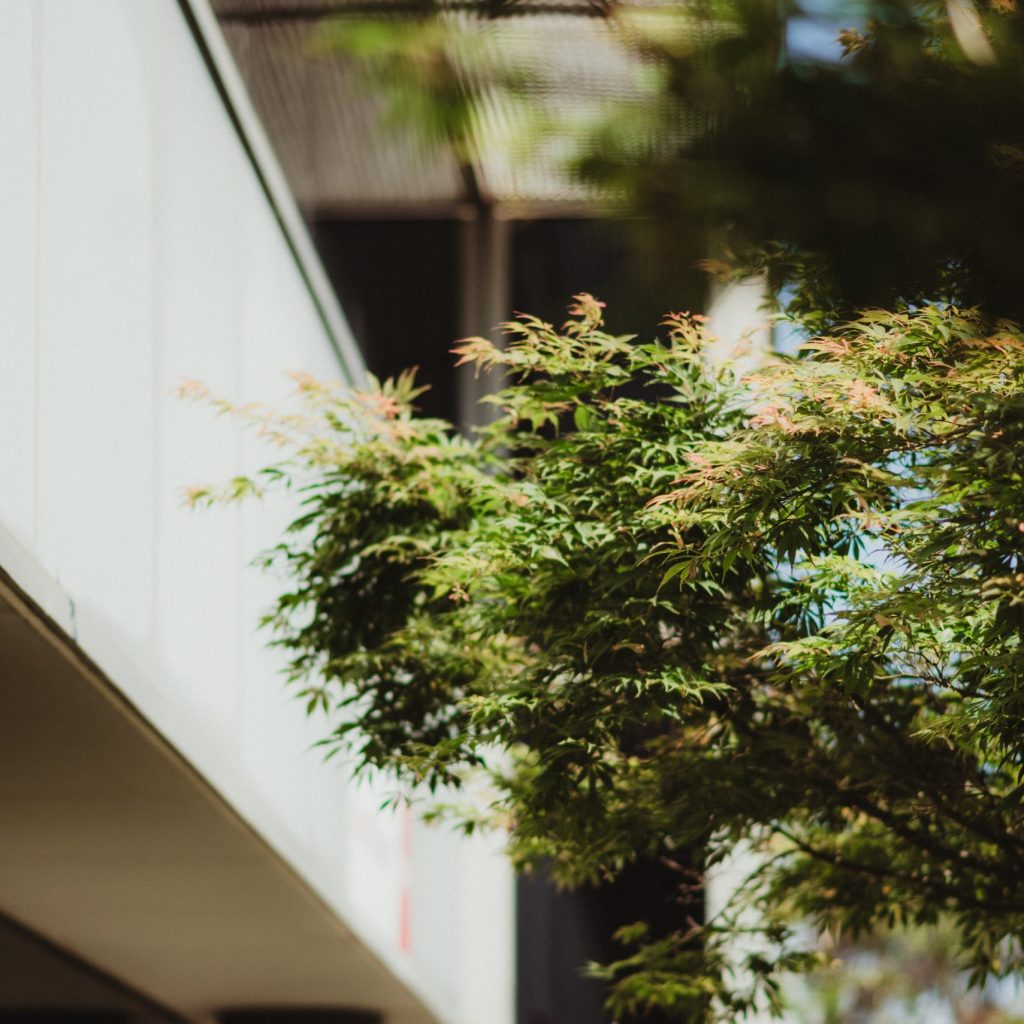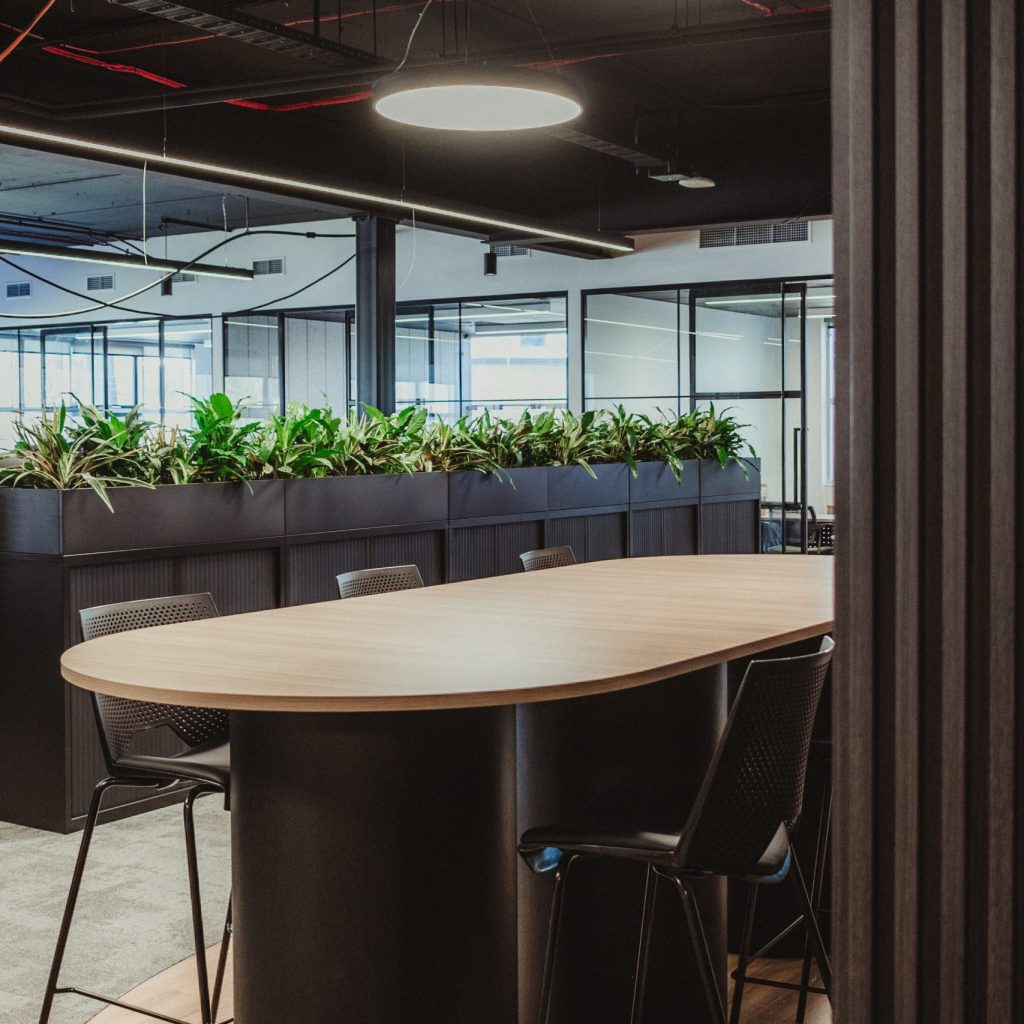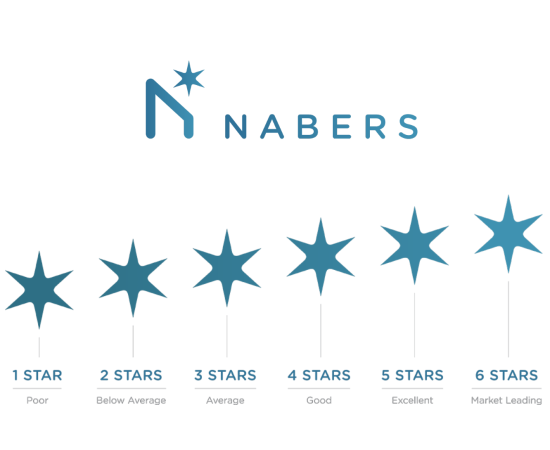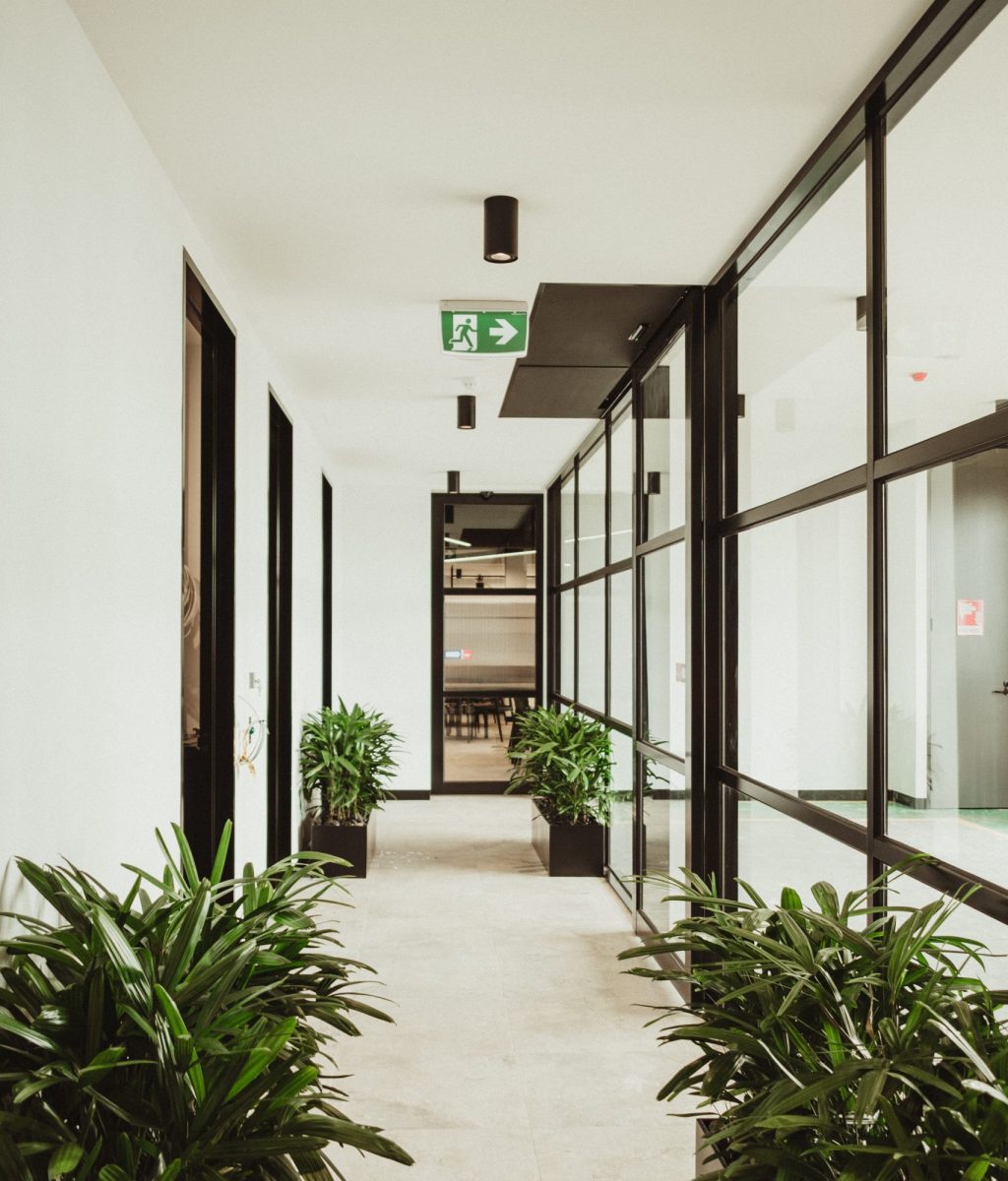Green Is the New Standard
Building Smarter, Sustainable Workspaces
As more Australian businesses look for ways to reduce their environmental impact, green fitouts are quickly gaining momentum – especially in urban centres like Melbourne and Sydney. There’s growing interest in what a sustainable workspace looks like, how much it costs, and whether it’s worth the investment.
Here’s what you need to know: what’s involved in a sustainable fitout, how much it might cost, and what you can expect in return.
What Is a Green Fitout?
A green fitout, sometimes referred to as a sustainable office fitout, integrates environmentally responsible design, materials, and construction methods to reduce the environmental impact of your workspace.
This can include:
- Low-VOC paints and materials
- Recycled and recyclable finishes
- Energy-efficient lighting and
- HVAC systems
- Biophilic design and natural ventilation
- Smart building tech to monitor usage and efficiency
- Sustainable furniture and procurement practices


'Green office buildings and sustainability efforts are being driven by government net‑zero targets and growing ESG expectations. Energy‑efficient offices with high NABERS and Green Star ratings command stronger rental growth and tenant demand.'
Oxford Economics Report
What Are the Benefits of a Green Fitout?
Choosing a green fitout isn’t just a decision for the planet, it’s a smart move for business. Sustainable workplaces can lead to significant long-term savings, improved employee wellbeing, and stronger brand equity.
Energy-efficient systems, for example, help reduce power consumption, cutting electricity and heating costs well beyond the initial fitout phase. Health benefits also play a key role: improved ventilation, toxin-free materials, and access to natural light contribute to a healthier, more productive workplace.
There’s also growing reputational value. A well-executed green fitout demonstrates a genuine commitment to ESG principles which is an increasingly important factor for clients, investors, and potential employees.
'Office‑based tenants have improved their performance by an average of 26 per cent through participating in a program that offers them resources, support and recognition of achievement..'
City of Sydney – CitySwitch Green Office Program
In a competitive leasing market, green-certified spaces often attract higher demand, stronger tenant retention, and better long-term value for landlords and occupiers alike.
Green Star and NABERS Ratings: What You Need to Know
If you’re leasing or managing a commercial space, you may already be familiar with:
- Green Star (by the Green Building Council of Australia): Focuses on design, construction and performance.
- NABERS (National Australian Built Environment Rating System): Measures energy efficiency, water usage, waste and indoor environment quality.
Many landlords and tenants now aim for Green Star Interiors or high NABERS Indoor Environment scores as part of their fitout goals.
At Workspace 360, we’re experienced in designing and delivering fitouts that align with Green Star and NABERS criteria.


How Much Does a Green Fitout Cost in Australia?
Short Answer: It depends.
On average, a green fitout in Australia may cost 5–15% more upfront than a standard fitout, but long-term savings often outweigh the initial investment.
Typical green fitout cost ranges:
- Small offices (100–300 sqm): from $1,000/sqm
- Medium offices (300–1,000 sqm): from $900–$1,300/sqm
- Large offices (1,000+ sqm): from $800/sqm and up, with volume efficiencies
Costs vary depending on:
- Material selections (locally sourced, recycled, FSC-certified, etc.)
- Energy-efficient services integration (solar, LED, smart HVAC)
- Rating goals (Green Star, WELL, NABERS)
'We always tailor solutions to our client’s goals and budget. It’s about finding the sustainability sweet spot.'
Workspace 360 Director, Jaden Crick.
So, what does the green fitout process actually involve?
It begins with early alignment on your sustainability goals, whether that’s reducing energy use, improving air quality, or selecting low-impact materials. From there, the design strategy incorporates elements like natural light, biophilic design, flexible layouts, and energy-efficient systems to support both people and performance. Careful material selection is crucial, with an emphasis on low-VOC paints, recycled or recyclable products, and sustainably sourced finishes.
During construction, best-practice waste reduction and emissions management ensure the build itself is as responsible as the design. For those seeking deeper insights post-occupancy, smart systems can also be installed to monitor performance over time, tracking everything from energy use to indoor air quality.
For many Australian businesses we believe a green fitout is absolutely worth it. It’s not just about sustainability – it’s about aligning your workplace with your values, your people, and your long-term vision. The key is working with a partner who understands both the commercial and environmental outcomes that matter.
Let’s Talk Sustainability
Whether you’re aiming for a certified green rating or simply want a more responsible way to build your workspace, we can help. Workspace 360 offers end-to-end fitout services across Australia, tailored to your sustainability goals.
